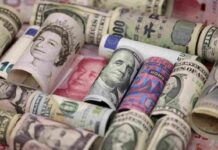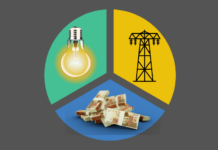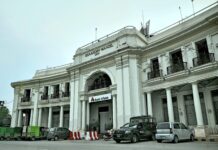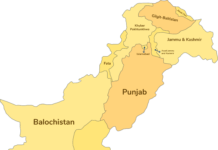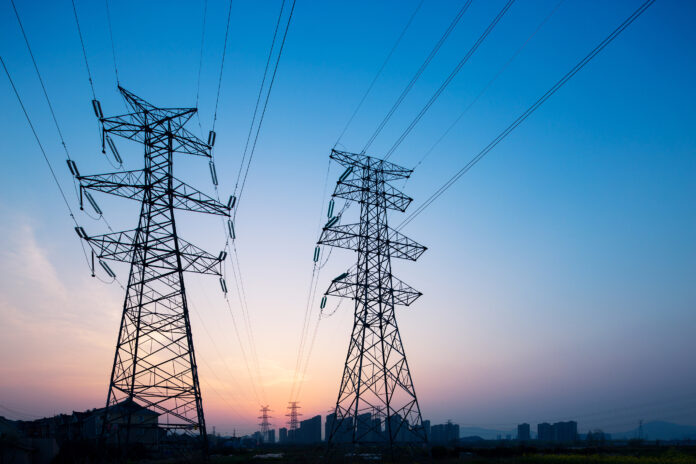Electricity consumption in Pakistan surged by 35% to 58% in the final quarter of fiscal year 2025, following two years of decline, driven by increased industrial demand. The Power Division attributed this recovery to the return of captive power users to the national grid, improvements in macroeconomic indicators, and recent power sector reforms.
Industrial consumption saw 58.8% rise in April, 47.4% in May, and 35% in June compared to the same months in FY24. The Power Division reported that 280 captive users had returned to the grid during the April–June quarter, with more expected to follow.
The division expressed hope that this trend would ease rising electricity tariffs by broadening the consumer base and enabling a more efficient distribution of fixed capacity charges. Recent negotiations with IPPs and a gradual shift from inefficient captive generation to the national grid also contributed to the recovery.
Faisalabad Electric Supply Company (Fesco) saw a 183% increase in industrial sales, with 200MW of captive generation integrated into the grid. Gujranwala Electric reported a 35% rise in industrial sales, while Hyderabad Electric saw a 75% increase. Lahore Electric (Lesco) recorded a jump in industrial sales from 996 million units to 1,600 million units, with residential consumption also up by 9%, attributed to anti-theft operations.
Multan Electric (Mepco) reported a return of 152MW of captive load, while Peshawar Electric saw improved sales from both captive power returns and the Rs7.7 per unit tariff reduction announced by the prime minister in March. Tribal Electric cited court-mandated reconnections for its growth, though Qesco saw a decline in agricultural sales, mainly due to increased solar power usage. Sukkur Electric reported a 22% drop in industrial sales, with only 11 captive connections limiting growth.
The Power Division confirmed that, out of 583 captive power users with a combined load of 2,034MW, 281 had returned to the national grid, contributing around 700–750MW. This transition boosted industrial sales from 336 million units to over 600 million units in the last quarter of FY25.
Despite the improvement, the division informed the National Electric Power Regulatory Authority (Nepra) that power purchases by distribution companies (Discos) increased by only 0.35% compared to the reference tariff projections, while industrial sales grew by around 46%.
However, the division also reported that approximately 128,000 new connections, including 500 industrial ones, are pending across various Discos, with a total load of 1,070MW. Most pending cases are in Fesco, Mepco, Gepco, and Iesco jurisdictions.
Regarding rising debt servicing costs, the Power Division clarified that no new surcharges have been introduced. Lifeline consumers remain exempt, and protected consumers pay only Rs0.43 per unit, while other categories face a surcharge of Rs3.23 per unit. This surcharge will continue for three years to help repay Rs1.275 trillion in new loans taken to clear outstanding dues to power producers. Total circular debt stood at Rs2.393 trillion by the end of FY25.


